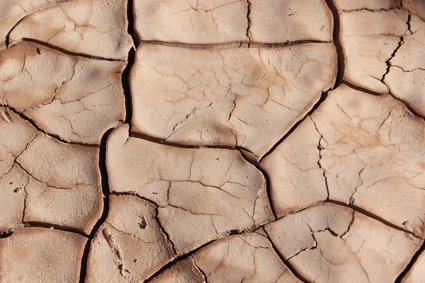
Can climate change?
This section looks at the natural and human causes of climate change
Key questions
Is the climate changing?
What are the natural causes of climate change?
What are the human causes of climate change?
Climate has always changed over time but the last 150 years have seen a steep warming trend. The warmest 10 years on record have been in the last 20 years.
What are the natural causes of climate change?
The climate is variable and has always changed due to natural causes. Over the past 100 million years the climate has been cooling down since the hot, ice free cretaceous period. In the past 2.5 million years we have broadly been in a glacial period with the great northern ice sheets covering USA and Europe with ice up to 3km thick. Much of this has now gone but we still have relatively large amount of ice compared to whole of geological time - only for 10% of all time has there been more ice around than this. This matters because we have based our habitation/ land use on a world with relatively low sea levels - the only way (for the sea levels) is up.
What are the human causes of climate change?
Human factors are called anthropogenic causes. Firstly and most significantly these are from burning of fossil fuels for energy production, industrial processes, transport, domestic heating, lighting and cooling. 90% of this cause comes from North America, Europe and Asia. Second cause of increasing emissions is from land use changes - especially the cutting down of forests which would otherwise act as carbon sink. South America, Africa and Asia are responsible for 90% of these emissions. Most scientists now agree that it is human activity that is changing climates now. When researching carbon emissions take account of total and per capita figures for each country investigated.
Links
Starter
Use the graphs in the 'rising temperatures' interactive to discuss:
-
What have been the variables in the Earth's climate?
-
What are the natural causes of climate change?
Main Activity
For each of the locations studied in lesson one, research the carbon emissions and total greenhouse gas emissions and compare these figures with the population maps found on Worldmapper. You may want to use the statistics from the International Energy Agency to help you.
Why is it important to look at these statistics? What energy sources are used most in each location, and how might these affect the carbon emissions data?
Present the data you find in a series of graphs and tables.
Plenary
Use the data you have collected to rank the countries that are the highest polluters in tonnes and use the most energy per capita.
Is this what you expected to see? Why/why not?
File nameFiles
File type
Size
Download